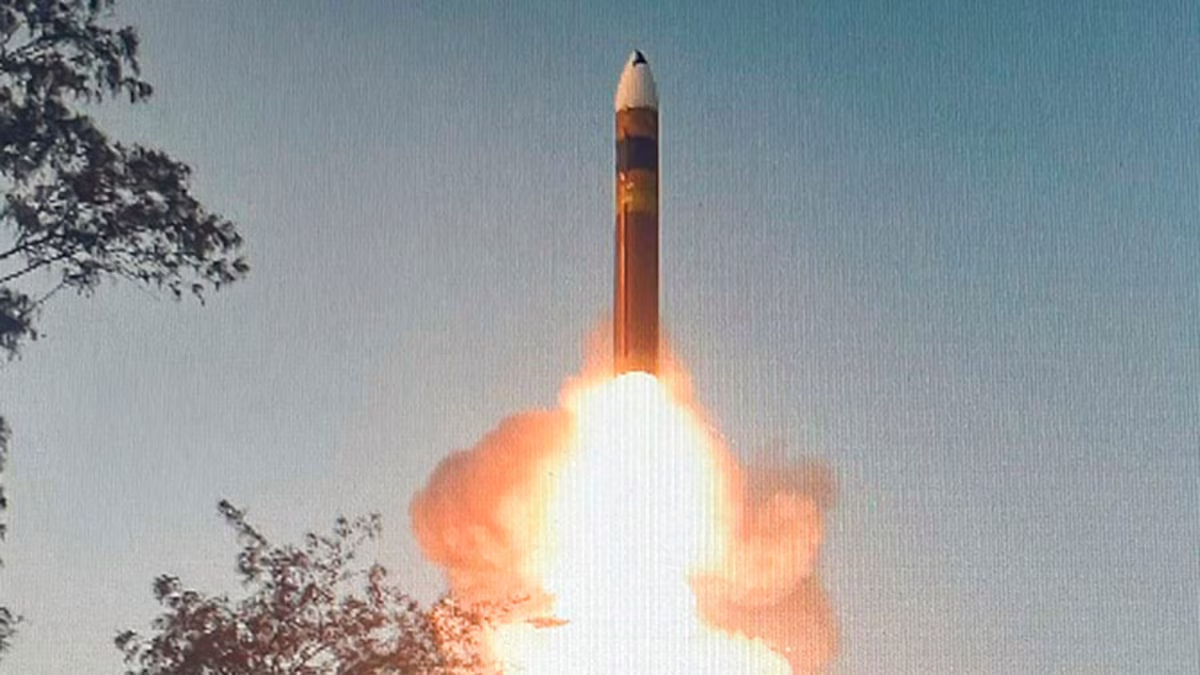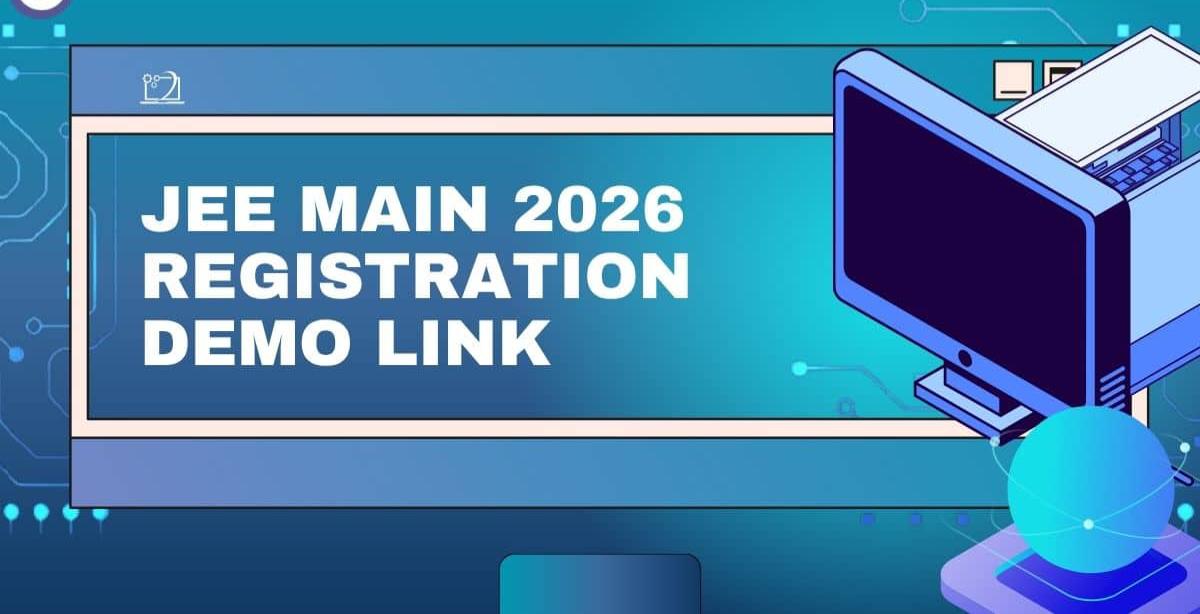In a dramatic assertion of its strategic capabilities, India successfully test-fired its nuclear-capable Agni-V missile on August 20, 2025, from the Integrated Test Range in Chandipur, Odisha. This latest launch, overseen by the Strategic Forces Command, marks a pivotal moment in India’s defense posture—one that signals a shift from strategic restraint to strategic assertion across Asia’s geopolitical landscape2.
Agni-V, often dubbed India’s “Brahmastra” (a mythical weapon of ultimate power), is not just another missile in the country’s arsenal. It is a symbol of deterrence, precision, and reach—capable of striking targets deep within adversary territory, including every major city in China and Pakistan. With a range estimated between 5,500 and 8,000 kilometers, and equipped with Multiple Independently Targetable Re-entry Vehicle (MIRV) technology, Agni-V is designed to deliver multiple warheads to separate targets, making it a formidable challenge for any missile defense system.
Strategic Shift: From Cold Start to Cold Strike
For years, India’s military planners debated the “Cold Start” doctrine—a strategy involving rapid conventional strikes against Pakistan before crossing the nuclear threshold. While conceptually sound, Cold Start faced logistical and political hurdles. Agni-V changes the game entirely.
India now enters the realm of Cold Strike: a doctrine built on swift, precise, and devastating missile-based retaliation. No longer reliant on slow mobilization or conventional incursions, India can now deliver crippling blows to enemy command centers, airbases, and strategic assets within minutes of a launch order. This is not theoretical—it’s operational reality.
Redrawing Asia’s Strategic Map
Agni-V’s reach extends far beyond South Asia. With its enhanced range and mobility, India can now project power across the Indo-Pacific, Middle East, and even parts of Europe. This capability fundamentally alters the strategic calculus for regional powers:
-
China: Cities like Beijing, Shanghai, and Chengdu are now within striking distance. The illusion of geographic safety has evaporated.
-
Pakistan: Already within range of earlier Agni variants, Pakistan now faces a more agile and survivable threat.
-
Other regional actors: Nations with strategic interests in the Indian Ocean and South China Sea must now factor India’s missile reach into their defense planning.
Agni-V’s canisterized, road-mobile configuration ensures rapid deployment and concealment, making it harder to detect and neutralize. Its solid-fuel propulsion and penetration aids further enhance survivability and effectiveness.
Deterrence, Finally Whole
Deterrence is not just about capability—it’s about credibility. Agni-V delivers both. Under India’s No First Use doctrine, the missile serves as a retaliatory weapon of last resort. But its very existence forces adversaries to reconsider any misadventure.
As Lt Gen AB Shivane aptly noted, “Agni-V changes the enemy’s mind before it changes the battlefield.” It is a psychological weapon as much as a physical one.
Indigenous Excellence
Developed by the Defence Research and Development Organisation (DRDO), Agni-V is a testament to India’s indigenous defense capabilities. Its successful test validates years of research, engineering, and strategic planning. The integration of MIRV technology and advanced guidance systems places India among a select group of nations with such capabilities.
This milestone also strengthens India’s nuclear triad, complementing air-based delivery systems like the Rafale and Mirage 2000, and sea-based platforms such as the INS Arihant-class submarines.
What Comes Next?
India’s successful test of Agni-V is likely to trigger strategic recalibrations across Asia. Expect increased surveillance, missile defense upgrades, and diplomatic maneuvering. For India, the challenge will be to balance deterrence with diplomacy—asserting strength without provoking escalation.
As global powers watch closely, one thing is clear: India is no longer a power limited by geography or caution. With Agni-V, it has entered a new era of strategic maturity and regional influence.
Sources: Firstpost, Defence Security Asia, Times of India




